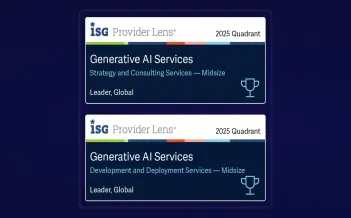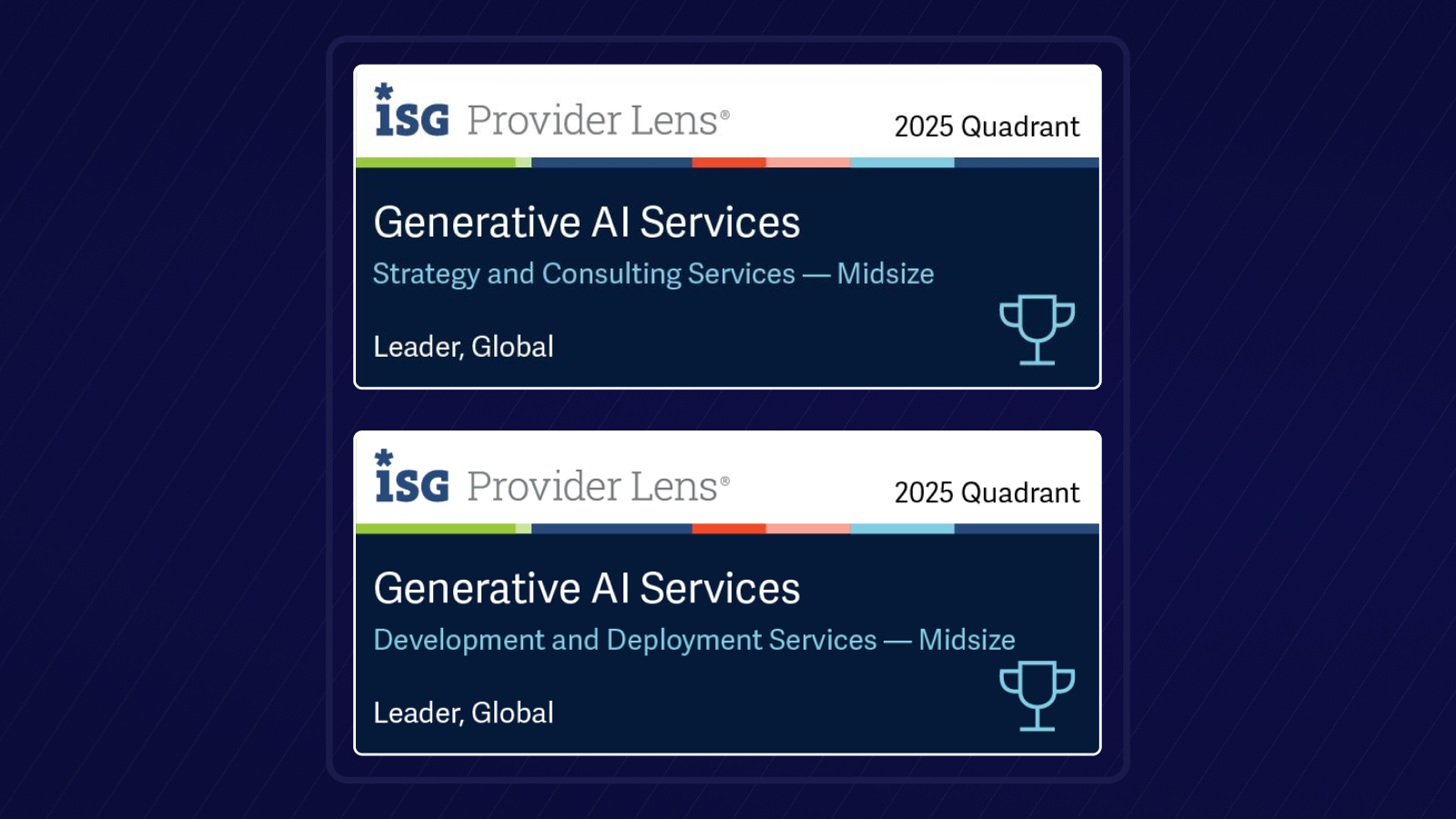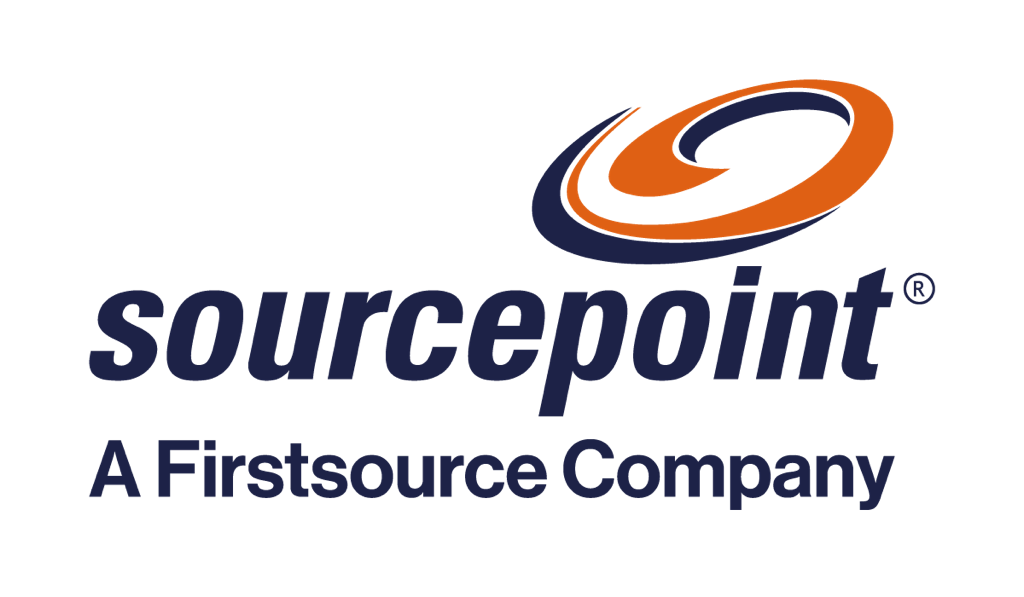The mortgage industry is facing a perfect storm. The huge amount of uncertainty around the coronavirus pandemic combined with its economic impact is putting mortgage companies in a never-before-seen situation – increased pressure on both loan origination as well as default. On the origination side, mortgage companies have been hit by a double whammy: staffing shortages and a liquidity crisis precipitated by a large number of locked-in loans spurred by falling interest rates. On the servicing side, they are heading towards a cash crunch due to the growing number of forbearance requests. The Federal Government’s relief response the CARES Act, allows homeowners to pause mortgage payments for up to 12 months in the face of record unemployment and nearly 4 million mortgages were in forbearance as of early May. Successfully navigating the storm requires lenders and servicers to build agility through laser-sharp customer focus and rapid digital transformation. Even before the coronavirus pandemic, it was increasingly clear that the mortgage industry’s future depends on digitalization and lenders that proactively digitize lending from start to finish will gain a competitive advantage. Insights from a study by the Federal Reserve Bank of New York show that tech-based lenders process mortgage applications about 20% faster than others, while decreasing the default rate by about 25%.
The pandemic has only accentuated the importance and urgency of digitalization. The low interest rates prior to the pandemic led to a borrower stampede for loans and refinancing. Lenders must now back track and revalidate all loan and refinance requests in their pipeline due to job disruptions in the wake of the pandemic. They are also seeing a massive influx of calls from existing borrowers asking for forbearance on their mortgage payments. According to a recent report from the Mortgage Bankers Association, the share of mortgage loans in forbearance rose to 8.53% of servicers’ portfolio volume as of May 31. It’s clear that scaling resources and operations will be fundamental to clearing the backlog in loan applications, addressing the call deluge, carrying out loss mitigation activities, and supporting mortgage modifications – a challenging ask in a time of physical distancing and remote work.
Succeeding in the new normal
Digital transformation is the fundamental building block that allows lenders and servicers to seamlessly scale operations, create efficiencies and improve borrower experience – key success factors in the post-pandemic era. Driving digital transformation success in the present context involves taking a two-pronged approach:
- Creating an ecosystem of customer-centric capabilities. Your ability to continue offering exceptional customer support will be crucial to ensuring customer satisfaction as well as compliance in the new normal. It is best to establish direct communication early on to proactively determine borrowers’ financial status, identify potential solutions to avoid default, and communicate various relief related disclosures. The CFPB’s guide, for instance, suggests servicers ensure that various disclosures surrounding loss mitigation options are clear and completely convey the terms of agreement, and that borrowers are made aware of why a monthly statement does not align with the terms of a loss mitigation plan. It also places the burden on servicers to ensure that consumers understand how they will report while a borrower is performing under loss mitigation. In reality, with the pandemic forcing businesses to move their employees to remote working, offering robust customer support can be a major challenge. Deploy a work-from-home (WFH) contact center model that combines digital channels such as web chat, email and social with voice, to fast-track customer support, ensure regulatory compliance, and provide the critical human touch that borrowers crave during these uncertain times. A JD Power 2019 survey found that the majority of customer interaction in the mortgage industry still occurs via email (70% utilization rate) and phone (63% utilization rate).
- Deploying Intelligent Automation solutions. While leveraging next-gen technologies such as Artificial Intelligence (AI), Robotic Process Automation (RPA), Natural Language Processing (NLP) and Optical Character Recognition (OCR) requires investment and technology expertise, doing so can benefit you two-fold. One – re-engineer processes and automate end-to-end workflows for superior efficiencies and accelerated cycle times. Two – deploy advanced and predictive analytics to better understand customer needs and elevate customer experience. In a 2019 Forbes Insights Survey 79% of lenders believe they will be able to leverage their digital mortgage platforms using AI and related tools to streamline analysis of digitized consumer and asset information for superior customer satisfaction.
While the coronavirus outbreak has created unforeseen challenges for the mortgage industry, it also presents a clear opportunity for companies at an inflection point – apply the learnings from the pandemic to accelerate end-to-end digitalization for improved agility and a better understanding of changing customer needs. One way to do this cost-effectively is to leverage easy-to-deploy WFH customer support, analytics, and automation solutions offered by an experienced provider – one that combines deep domain experience with extensive technology expertise.










